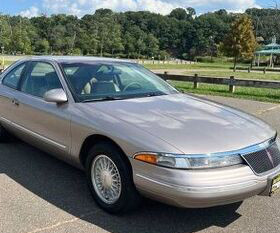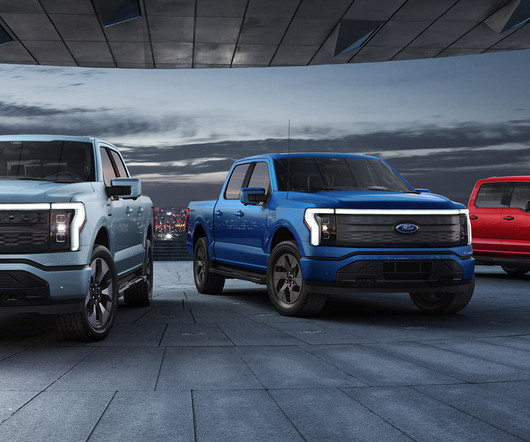JAC and Ricardo develop production version of HyBoost concept; seeking 30% boost in fuel economy with same performance
Green Car Congress
SEPTEMBER 30, 2015
The Ricardo HyBoost concept is based on a downsized, highly boosted turbocharged direct injection gasoline (TDGI) engine giving improved fuel economy at low cost, linked to a 48V electrical architecture including a belt starter generator (BSG), DC-DC converter and a lithium-ion battery for energy storage. This launch vehicle replaces the 2.0L































Let's personalize your content